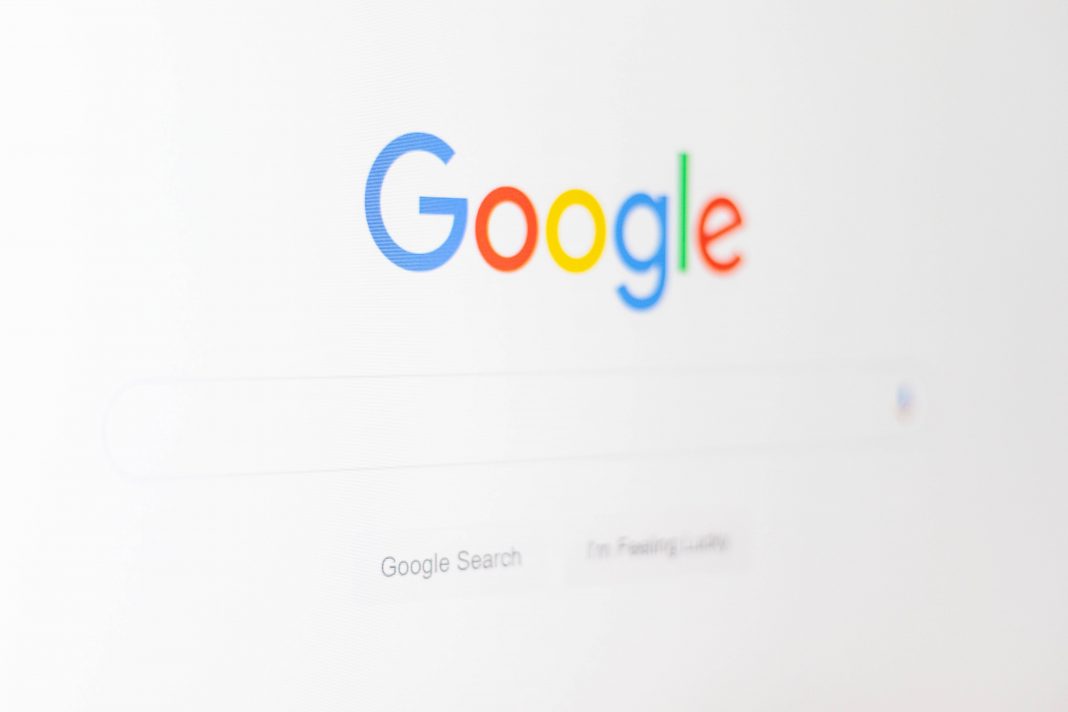Google has provided another update on how it handles so-called ‘infinite scroll’ web pages stating that “Googlebot doesn’t scroll”.
Last month we reported on comments from Google’s Developer Relations Manager, Martin Splitt who urged caution to website owners looking at implementing infinite scroll features on their websites.
Splitt has since provided further comment on sites using infinite scroll suggesting that Google is likely to miss content that is only accessible when the visitor scrolls to the end of the page (which triggers more content to load).
Speaking online at a virtual conference called Better Together, held on 14th April, Splitt worked through a number of real-time website debugging scenarios.
One such debugging scenario featured a website that was struggling to have content included within Google’s search engine index which led Splitt to discover that the website in question featured an infinite scroll feature in order to load additional content.
The discovery prompted Splitt to pose the question, “What does Googlebot not do? It doesn’t scroll.”
The implication is that, in theory, Google will only see the content of a page that is visible when it loads and that if the user needs to scroll to the bottom of the page to load more, Google’s crawler, Googlebot, won’t discover it.
Analysis
What is infinite scroll?
Sometimes referred to as ‘lazy load’, infinite scroll is a feature that loads extra content on a webpage when the user scrolls to the bottom of the page. It’s commonly used on news websites in place of pagination, resulting in a seemingly infinite page length as the user continues to scroll.
What does Google’s latest advice mean for website owners?
If you’re considering using, or already using infinite scroll on your website it may be time to reconsider. The crucial point is that Googlebot will only find content that is visible in the code of the page at the point at which it loads.
If the content isn’t visible at the code level until the infinite scroll feature kicks in, Google won’t see it and by definition, it won’t be included in the search index.
That’s a significant weakness. After-all, if content isn’t included in Google’s index, how is your audience going to find it?
It’s a technical challenge, so the advice is clear, if you plan to use such features, ensure that it has been built and tested to make sure it does the job it needs to.











